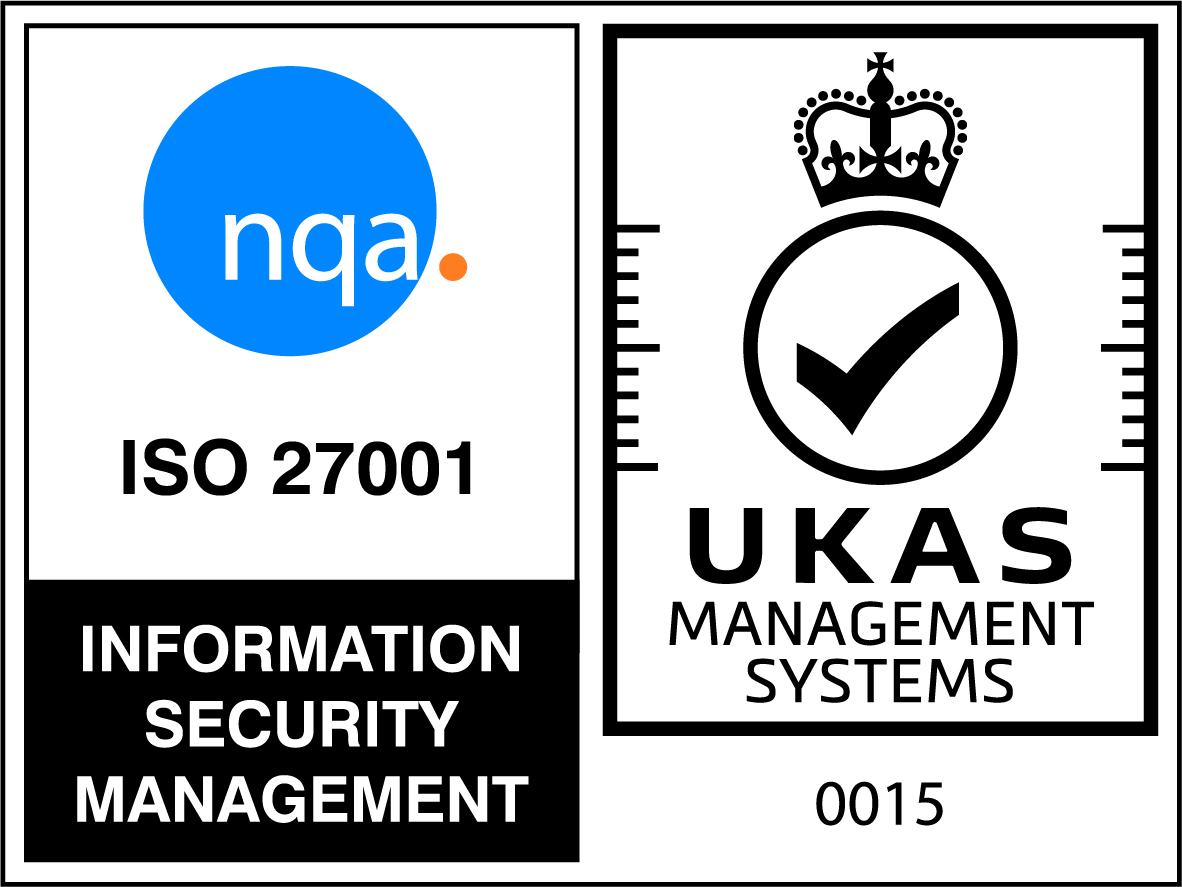Cloud adoption has skyrocketed—with massive promise in agility, innovation, and cost efficiency. But a hidden crisis has emerged: overspending on cloud services. Behind sleek dashboards and elastic scale lies a sobering truth: most organizations are hemorrhaging money—without realization.
Let’s dive into the what, why and how.
The Hidden Scale of Cloud Waste
Widespread percentage losses
- 30–35% of cloud budgets go unused, according to surveys, equivalent to millions in lost value annually.
- A Forrester study found 72% of companies exceeded their cloud budgets, highlighting not just waste, but poor forecasting and oversight.
- KPMG confirms this, stating that “enterprises are spending 35% more on cloud resources than needed” (kpmg.com).
Growing Problem
- Cloud waste increased to 32% in 2022, up from 30% in 2021, even as global cloud spending surged to 500 billion, and it’s only getting worse.
- 75% of organizations report rising cloud waste as usage scales—even reaching 47% in some cases.
- Budget overruns are now the norm, not the exception—72% over-spend, and only 6% believe they have zero avoidable spend.
What causes cloud waste?
Let’s take a look at the common causes of cloud over-spending and wastage:
Idle and underutilized resources
- Nearly 40% of VMs are sized incorrectly, with many running well above required capacity—resulting in 11–16% of cloud spend wasted (websitemagazine.com).
- Instances left running 24/7 even when not in use can increase costs by **67%**, a clear sign of poor lifecycle policies.
Complex pricing and provisioning
- Complexity reigns: 50% of respondents find cloud pricing too complicated, and 75% cite lack of visibility as a primary cost problem.
- KPMG highlights that many enterprises fail to “architect efficiently” and lean on lift‑and‑shift approaches that inherit inefficiencies.
With the lift and shift approach companies often “Move to the Cloud” by moving virtual servers to run on cloud infrastructure. However, this method has some downsides, of which cost is the biggest. Cloud systems are focused on providing services.
Want a web server? Spin one up. Need some storage? spin some up.
These services are cheaper, usually by a lot, than spinning up a virtual machine to achieve the same result.
I’ve had many IT Leaders tell me that it would cost so much more to host their systems in the cloud but when I assess their systems the cost is far less when moving their services to the cloud rather than their Virtual Machines.
This can lead to move work in the short term and source-controlled ‘Infrastructure as Code’ is your friend to ensure you avoid vendor lock-in.
Overprovisioning and misconfigurations
- 32% of budgets go to misconfiguration and idle workloads.
- Shadow-provisioned workloads often go unmanaged and incur ongoing costs for forgotten infrastructure.
The Business Consequences
Reduced ROI and slowed innovation
- PwC finds over half of enterprises report difficulty seeing substantial ROI from cloud investments.
- 70% of firms aren’t sure how they spend their budget, undermining strategic financial alignment.
Pressure on finance and ops
- Cloud cost overruns force IT and finance teams into firefighting mode, rather than planning and innovation.
- 43% percent of large organizations use automation to shut down idle resources, but 47% still rely on manual efforts.
Risk escalation
- Misconfigurations and sprawl also increase security vulnerabilities, with non‑optimized resources attracting data breaches and compliance risks.
- As firms overspend, auditors and regulators begin to notice—untracked costs undermine transparency and risk posture.
What the Data Recommends
Regarding cloud overspend, statistics across independent sources offer clear insight—and a path forward:
| Problem | Data Insight | Recommended Action |
|---|---|---|
| Idle VMs & resources | 11–16% of spend wasted due to wrong VM sizes | Right size, automate off/on schedules, delete orphaned volumes |
| Complex pricing | 50% find cloud billing confusing | Tagging, chargeback/show back, cost dashboards |
| Overprovisioning | 32%+ budgets wasted | Enforce provisioning guardrails, budget alerts |
| Budget overruns | 72% exceed budgets | Forecasting, reserved instances, committed use discounts |
| Manual cost control | 47% rely on manual shutdowns | Automate cloud cost optimization tasks |
Steps to Regain Control
Inventory, and categorize, all cloud spending
Use real-time discovery to catalog every service and its associated cost. Ensure tagging by project, team, or business unit.
Adopt continuous rightsizing
Set policies to:
- Resize oversized VMs
- Turn off idle resources on schedules
- Reclaim unused storage or reserved capacity
Automation is key: manual reviews won’t scale or sustain.
Implement chargeback or show back
Translate cloud consumption into financial statements for business units. Transparency drives accountability.
Enforce budget guardrails
Define alerts when spending exceeds baseline. Use automation to stop provisioning when thresholds are hit.
Leverage committed usage
Commit to usage levels (e.g., reserved instances, saving plans) to reduce unit cost—often up to 50% per instance.
Build FinOps culture
Foster shared ownership across engineering, IT, and finance. Embed cost-management metrics into KPIs and sprint rituals.
Why It Matters
- Short-term gains: 30–35% cost savings via low-hanging rightsizing
- Mid-term alignment: FinOps disciplines improve budgeting and cross-team efficiency
- Long-term strategy: Optimized spend dovetails with innovation, stretch cloud ROI into future years
Successful organizations don’t treat cloud as just another line they treat it as a strategic asset.
Final Takeaway
The data is unambiguous: cloud overspend is systematic, predictable, and preventable. But too many companies treat it as a cost of doing business, not a fixable problem.
The path is proven:
- Discover
- Automate
- Monitor
- Forecast
- Optimize
- Repeat
When you apply this discipline, cloud becomes not a runaway cost center—but a competitive advantage.
Is your cloud spend uncontrolled, or under continuous discipline?
If you’re ready to eliminate blind spots, optimize spend, and lead with confidence, it’s time to take the next step.
CerteroX solutions for FinOps, ITAM and SAM brings the full hybrid cloud+ scope into sharp focus.
Take a look for yourself and see how unified visibility can transform your hybrid cloud strategy.

Michael Wood – Development Manager
With over a decade of experience helping global organizations modernize and optimize their ITAM strategies, Michael brings deep technical expertise and a practical, business-first mindset to solving complex IT challenges. Michael has guided enterprises through transformations spanning hardware, software, SaaS, and cloud asset management. His insights are grounded in real-world experience, and his passion lies in helping organizations unlock the full value of ITAM as a strategic function, not just an operational task.








